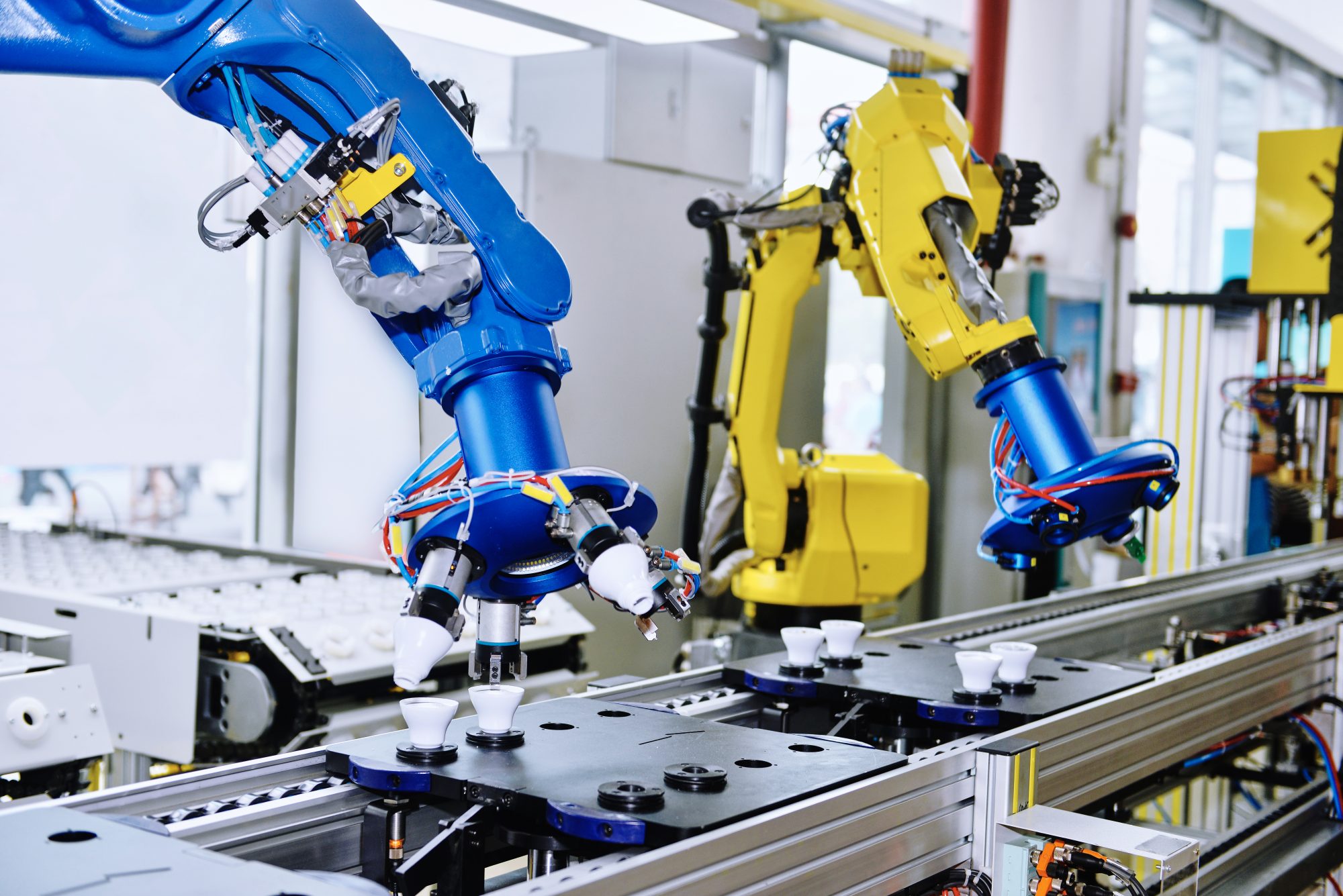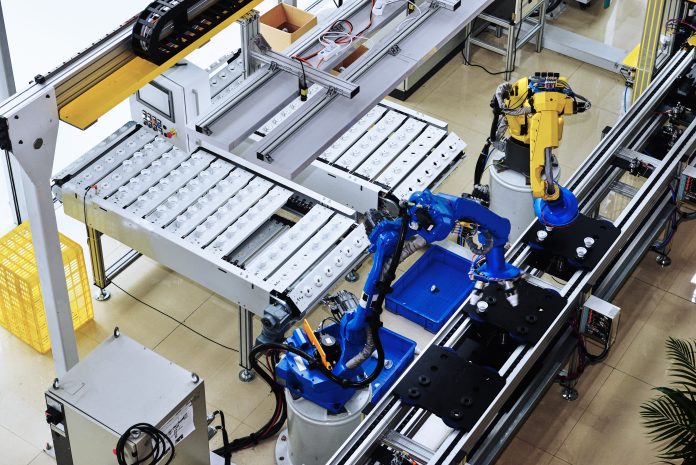Economic uncertainty and worker dissatisfaction are plaguing business growth – is intelligent automation the answer?
As we enter 2023, many industries are faced with minimal business growth projections, with the global economy expected to expand by 1.6% in 2023. Volatility was marked last year with record interest rates and rapid inflation, energy scarcity and supply chain issues – all spurred partly by geopolitical tensions. However, there are ways that businesses can extract the best results possible this year and insulate themselves against future volatility.
How should businesses prepare for future economic uncertainty? Businesses’ goals today will affect their 2023 outcomes and longer-term success. The true winners will be those making automation a critical part of their 2023 strategy.
The labor challenge and need to empower employees
Usually, times of economic downturn see the labor supply shoot up in the wake of cutbacks. This time, the effects of the “Great Resignation” and general worker dissatisfaction seem to persist.
Many businesses still struggle to hire and retain the staff they need to keep operations going. These shortages include highly-skilled tech workers – a problem since technologies such as intelligent automation have a key role to play in supporting business growth through labor shortages and austerity. The trend has likely played a role in the forecasted 20% growth in the global low-code development technologies market in 2023. Low code empowers businesses to continue their digital transformation journeys by enabling business technologists to engage in software development, building the robotic process automations (RPAs) needed to keep operations running smoothly.
Regardless of the labor supply, jobs still have to get done. Financial firms must maintain compliance and complete “know-your-client” (KYC) forms for every customer, and doctors and nurses must process patient information. Retailers must manage customer enquiries and transactions, and so on. Businesses realize a need to double down on automation to extract maximum benefit from tech investments.

Doubling down with a toolbox of automation tools
Automation is rising, and we see an increasing desire for a toolbox of automation solutions. Many organizations started their automation journeys with RPA, but they increasingly realize the benefits of combining advanced technologies to deliver superior outcomes. Combining RPA with artificial intelligence to enable intelligent automation also accommodates machine learning, business process management, process mining solutions, etc.
Process intelligence solutions will help businesses improve efficiencies by providing data analysis on business processes and workflows, uncovering bottlenecks, and identifying areas that would benefit from automation.
As processes are re-engineered and workflows overhauled for efficiency, the load on employees will lessen, improving the employee experience. Digital workers can collaborate with employees, taking care of repetitive tasks and giving employees more time to focus on higher-value processes. AI’s decision-making capabilities will expand the types of work digital workers can support. They will be able to provide actionable insights based on organization-wide data to inform employees’ decisions and generate outcomes fostering innovation, growth, and better customer experience (CX).
Effective digital transformation is the best conduit for driving innovation and productivity
In today’s economy, many are looking for value. Effective digital transformation is the best conduit for driving innovation and productivity. From our experience, only about 10% of companies have achieved the top level of automation. Meanwhile, 70% are still stuck at the beginner stage of automation. The latter group has yet to realize the advantages of utilizing these technologies to their fullest capacities.
As 2023 goes on, economic conditions will likely push more of these organizations into more advanced automation stages as they realize the need to adopt more tools to deliver the desired results.
2023 may be off to an economically difficult start, but that doesn’t mean it doesn’t hold great potential. The biggest mistake organizations can make is continually sticking with low-hanging fruit when it comes to automation to boost short-term cost savings. The organizations investing in a long-term strategy will be the strongest and most competitive. They’re going to be best positioned to deal with drops in demand, as well as labor and skills shortages. The flexibility and agility of intelligent automation also mean they’ll be able to rapidly adapt to changing conditions and meet customers’ evolving needs.
Of course, this is not to say that the journey is easy. To do automation right, organizations will need senior sponsorship and they’ll need to dedicate time to fostering the right work culture, showing employees the value of intelligent automation, and the benefits of collaborating with digital workers.
Written by Gautam Moorjani, Head of Product, SS&C Blue Prism











